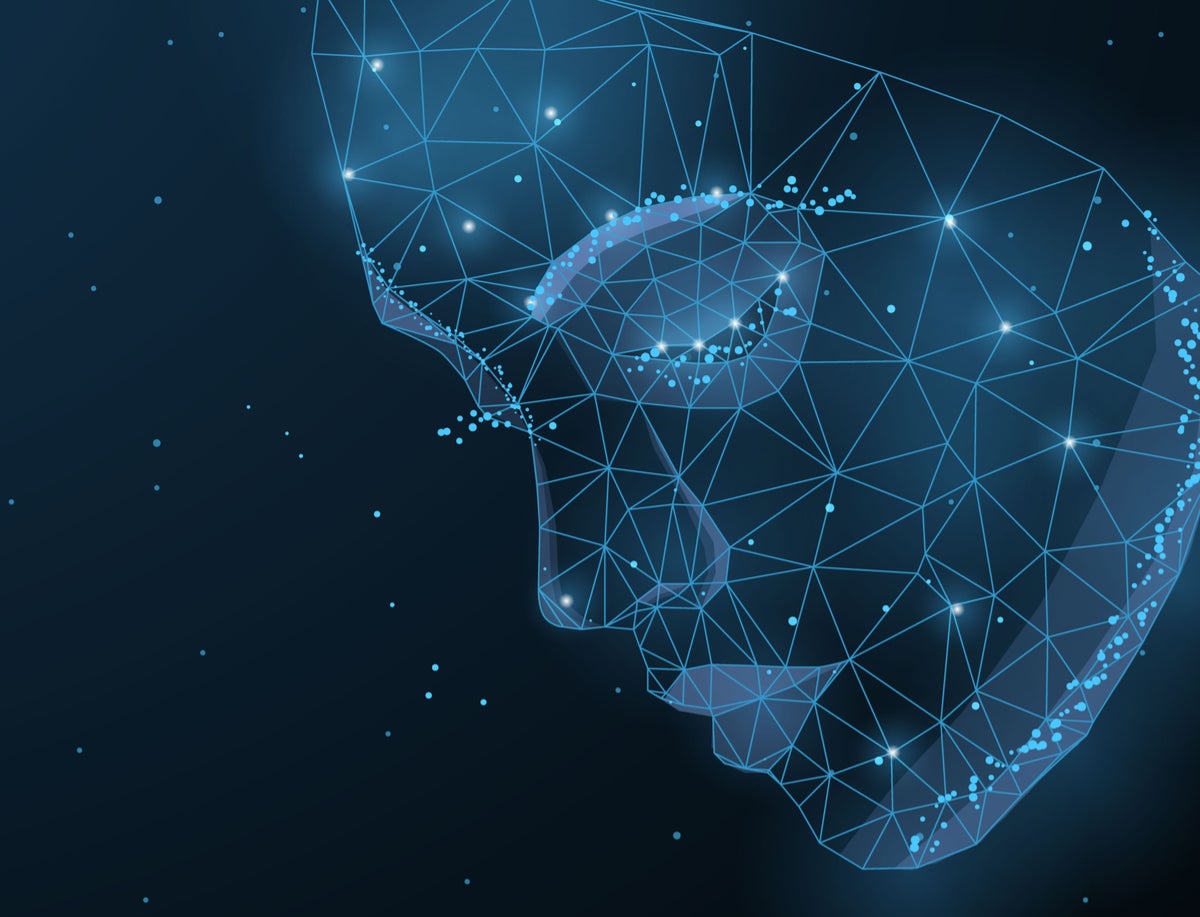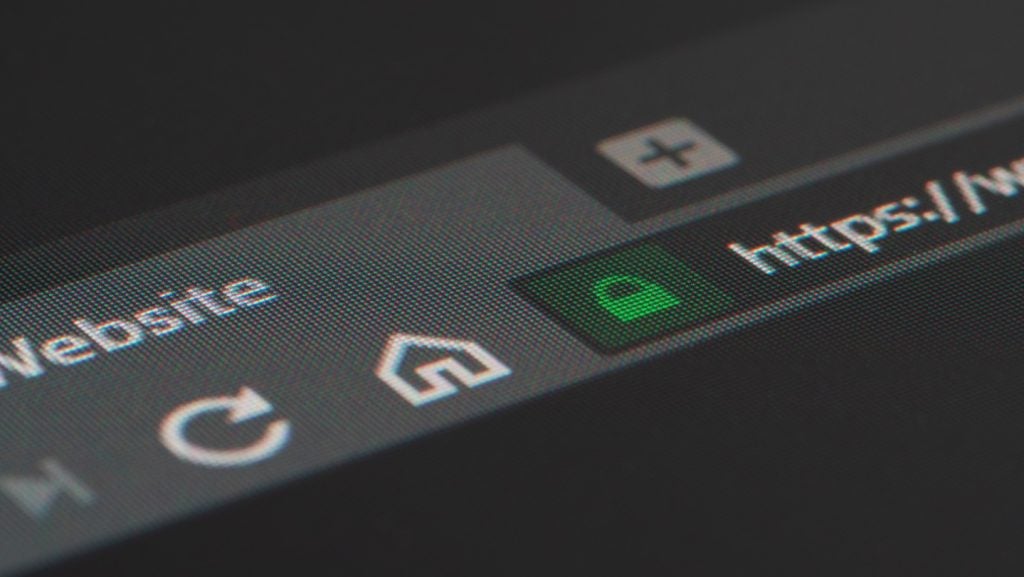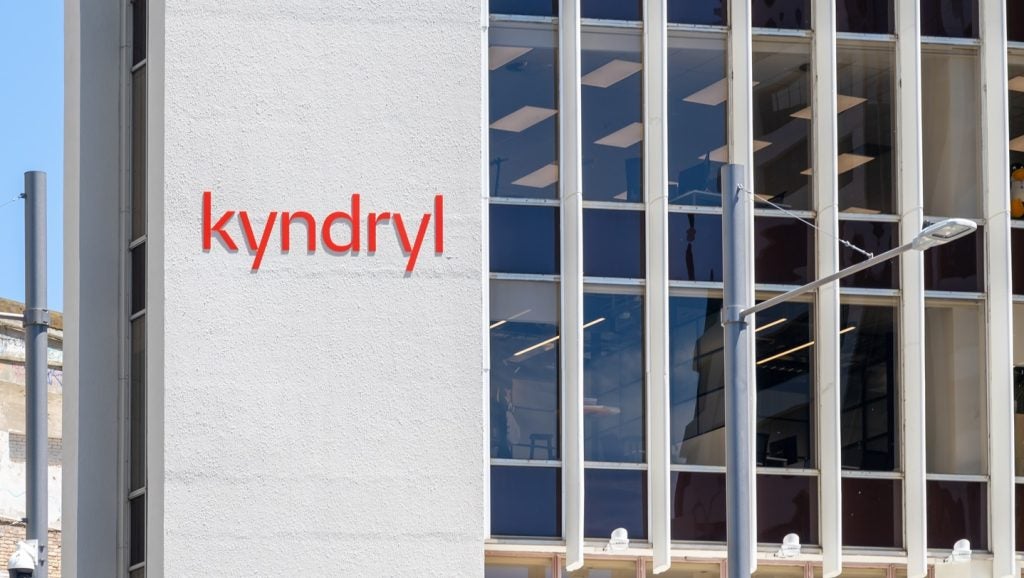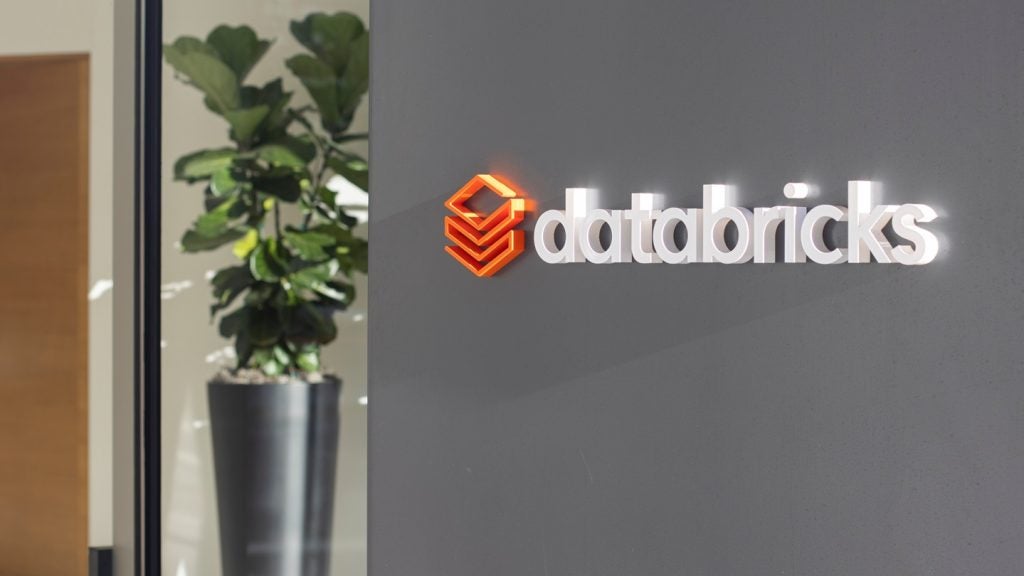
Females make up just 22% of all professionals in artificial intelligence, with a gender gap of 72% in the field – way above the global average of 32%.
That is according to the World Economic Forum’s Global Gender Gap Report 2018, an annual look into gender parity in four key areas: health, education, economy and politics.
The AI gender gap is even greater in some specific industries, with females making up just 13.3% of AI workers in the entertainment industry, and 18.5% in the manufacturing industry.
While WEF found that there was a far larger pool of female talent in the software and education sectors – 7.4% and 4.6% of workers trained to work in AI – these numbers were still far lower than the number of males, who accounts for 32.5% and 13.9% of the AI talent pool.
Given the impact that technology is expected to have on the future of work, this threatens to undo the progress that has been made towards gender parity in recent years.
AI and bias
There are also concerns that this imbalance in representation could lead to the development of biased algorithms that fail to represent all groups.

US Tariffs are shifting - will you react or anticipate?
Don’t let policy changes catch you off guard. Stay proactive with real-time data and expert analysis.
By GlobalData“A troubling trend has come into the spotlight highlighting a large gender gap when it comes to the world of Artificial Intelligence,” said Ben Lorica, Chief Data Scientist at O’Reilly Media.
“Given that we know AI and automation technologies are continuing to grow, it’s important that the people who build them reflect the broader population.
“Currently, many AI products and applications are not fully autonomous and still involve humans. This means it is vital that developers are aware of the issues that are relevant to the diverse set of users we can expect to interact with these systems.
“If we want to create AI technologies that work for everyone – they need to be representative of all races and gender.”
Industry disparity
While the AI industry is dominated by males overall, the WEF report found a great level of disparity between different industries.
While females held just 18.5% of AI manufacturing jobs, the gender gap was against males in non-profit roles. Females accounted for 58.3% of talent in the non-profit sector, compared to 41.7% of males. However, that is the only industry where females were the majority.
Despite the gender gap still being present, females also had above average representation in the education (33.1%), healthcare (34.6%) and media (31.3%). Finance (24.6%), corporate services (28.6%) and consumer goods (23.5%) were also slightly above the average.
However, according to Lorica, there is still a lot of work to be done before the AI gender gap is closed.
“We need to raise awareness of the need to recruit more women into the AI sector. In doing so, the community can begin to mobilise and share strategies. Whilst the level of awareness is high amongst academic and industrial researchers, we still have a long way to go.
“As we are entering the implementation phase for AI technologies, more training and education platforms are becoming available in the sector. These new training platforms are vital if we are to begin to narrow the gender gap over the next year. The talent pool is only set to grow, yet – the challenge remains to ensure it becomes even more diverse.”







